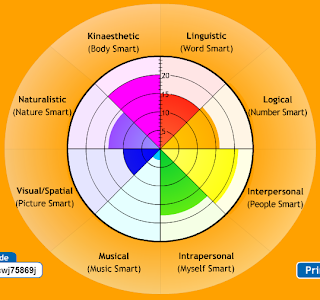
Last week our EDUC 578 USD class had class on Google hangout. It was the first time I ever experienced using Google hangout for a class. Overall I must say I enjoyed the experience. Most of my colleagues were able to get on without any issues, unfortunately a couple did struggle with some tech issues that prevented them from getting into our Google hangout. I liked the flexibility of not necessarily having to be home in San Diego to still actively participate in this class meeting. It was my boyfriend's birthday on the Monday that we scheduled for our Google hangout, so fortunately I was able to celebrate it with him in Orange County. Another con (besides some technical issues), was that we were all experiencing some feedback. I think that perhaps this problem could have been remedied by all of us using headphones, to prevent our mics from simultaneously picking up our voices and the sound from our speakers.
I liked that I could see the video for all of my colleagues on smaller screens at the bottom, with one large screen focused on who was doing most of the talking. The screen-sharing option through the Google hangout was amazing, one of my colleagues named Jeff shared his updates with a visual screenshare of what he was referencing It made it easier for me to understand what he was discussing. I also really liked the group chat that was available during the Google hangout, so when some of my colleagues needed to leave a little early, they simply explained themselves through the chat, without disrupting the person who was presenting. It made me think of a "Backchannel" that is sometimes used during presentations at conferences. Lastly, although I was not physically in the same room as my colleagues, I felt privileged to be able to have a glance into their personal lives. In the background for my colleagues I could see their homes, significant others, children, and pets. It somehow helped me connect better to my colleagues to see this side of them, that I don't necessarily see in the physical classroom at USD. Check out my video with the time lapse app on the pros and cons summary!



.JPG)
.JPG)
.JPG)
.JPG)

